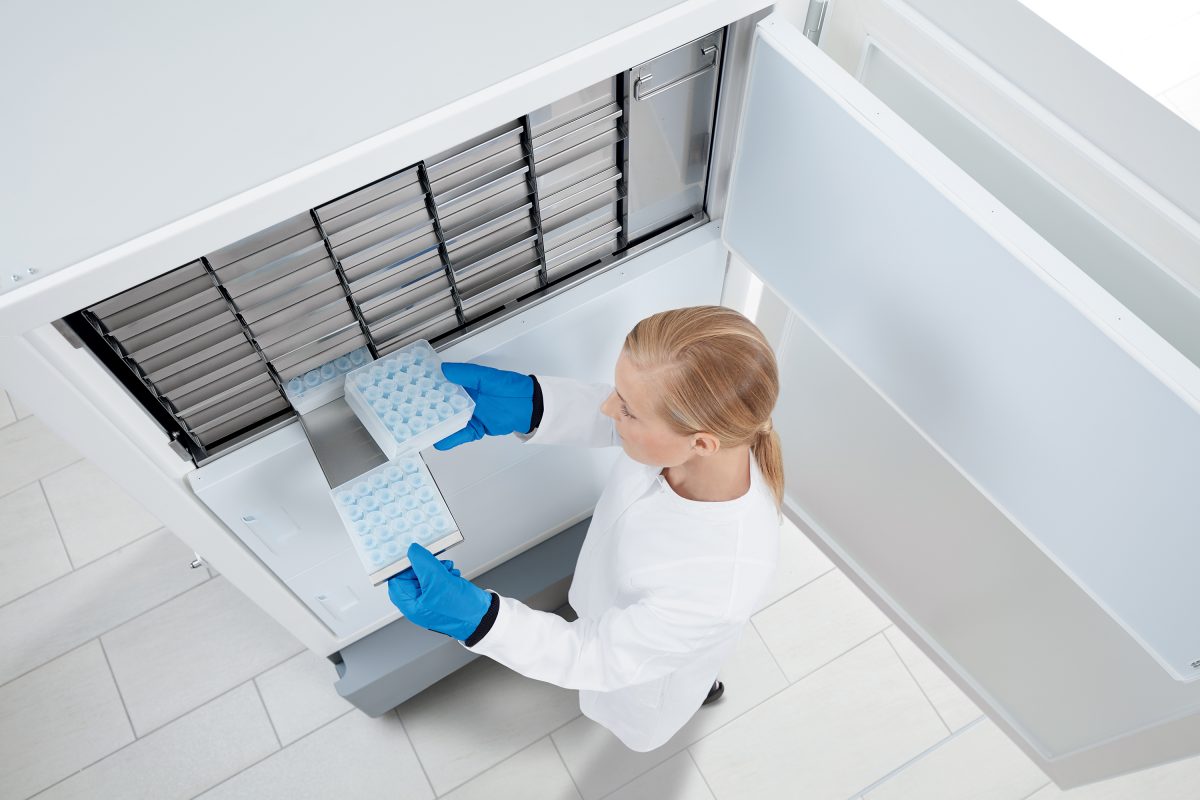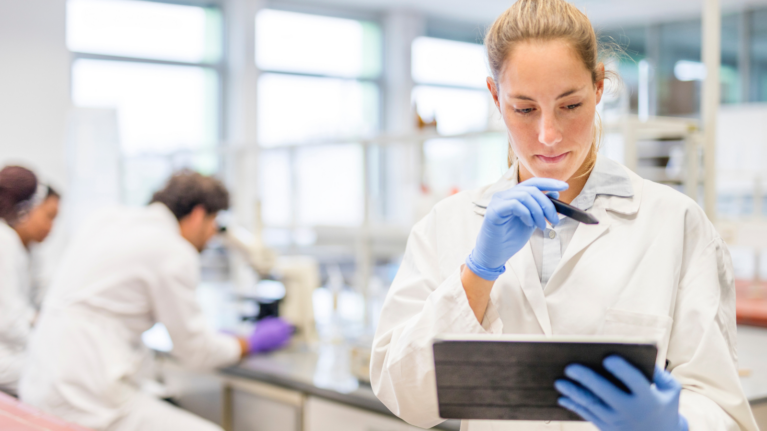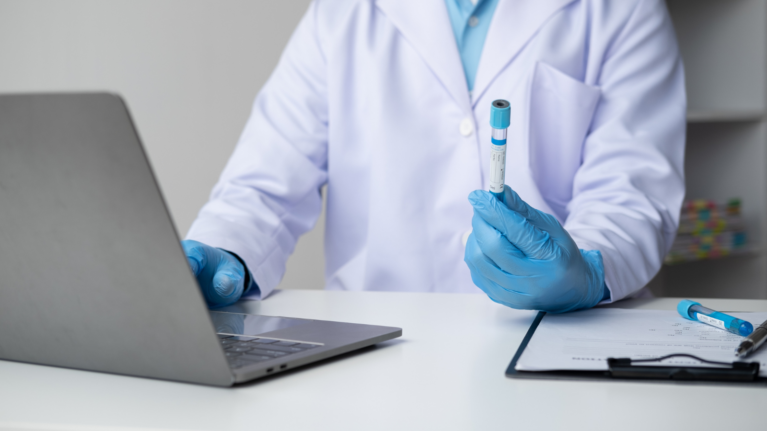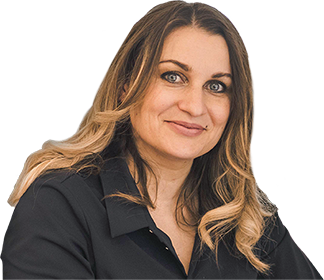

 By Jim Ford
4 min read
06 Apr 2023
By Jim Ford
4 min read
06 Apr 2023
From biobanks with millions of biospecimens to your academic molecular biology laboratory, sample tracking and cold storage are essential for efficient and streamlined laboratory operations. And the ultra-low temperature (ULT) freezer is the foundational workhorse supporting this critical process.
Keeping biospecimens or biomolecules at stable temperatures ranging from -70℃ to -196℃, ULT freezers preserve sample integrity and quality by limiting degradation and biological activity. And doing so requires some impressive engineering that relies on high-quality insulation, powerful compressors, advanced temperature control systems, and backup systems to ensure protection against power outages or temperature fluctuations.
This job comes at a cost: It requires significant energy. It’s estimated that a single ULT freezer uses about 20 kWh/day, approximately the same amount as a single-family home in the US. With such energy use, ULT freezers have become a central element in the growing conversation about reducing the environmental impact of life science laboratories and moving the industry in a more sustainable direction.
ULT freezers have evolved considerably from their initial “cold rectangle” format to more refined, sleek, and energy-efficient designs. But they are only a piece of the sustainability puzzle. In the following blog, we view sustainability through a holistic lens, looking at various barriers to a more environmentally-friendly cold storage and lab sample management solution and how we envision the future of sustainability in the life sciences beyond the ULT freezer.
To understand the full scope of energy ULT freezers use, we need a better understanding of your typical lab’s current problems and the barriers to more efficient cold storage sample management. Over the decades I’ve spent in the life sciences, I’ve seen several common problems plague those using ULT freezers.
At Eppendorf, we’ve estimated and seen firsthand that about 25% of freezers hold samples of no value to anybody. They may be missing information, totally forgotten, or last used by personnel that have left the lab for other roles. As a result, no one in the lab has even touched them in years.
So why do they remain? Many labs accrue these unknown or forgotten samples because eliminating them takes time and energy. There’s also a fear of destroying samples that are – unbeknownst to current personnel – precious and irreplaceable.
The accumulation of old and unknown samples makes freezer spaces disorganized and confusing for current and future personnel. In addition, these samples take up precious freezer real estate, forcing lab managers to purchase new freezers to accommodate new samples.
Think about adding 2 to 3 new freezers a year to your lab to store new samples when there is perfectly good space taken up by useless samples.
That’s an extra 40 to 60 kWh/day in energy used and an extra $20,000 to $40,000 a year that your lab needs to account for in its budget.
How long does it take you to locate and remove your samples every time you open your ULT freezer?
15 seconds? A minute?
When your freezer is littered with disorganized or unknown samples, the time is bound to be longer. Here’s a snapshot of what can happen every time you open your freezer:
The issues above only increase the longer your freezer is open. This ultimately reduces the lifetime of your freezer and the samples within.
The problems above are rooted in inefficient sample tracking and management practices. Ultimately, they lead to decreased productivity, increased operational costs, and escalating energy usage. While there’s no retrospective way to figure out what the old samples clogging up your freezers are, we can help ensure that all new samples are appropriately catalogued, tracked, and stored to avoid the perpetuation of energy-wasting lab practices.
At Eppendorf and eLabNext, we’ve developed an end-to-end cold storage solution, Sample360, that empowers sample protection, storage, tracking, and monitoring using an easy-to-use digital lab platform. Along with our barcoding system, RackScan, and GLP-compliant sample management software, eLabInventory, we are helping keep their ULT freezers organized and, therefore, more sustainable.
To see Sample360 in action, schedule a personal demo today!

 By Ethan Sagin
By Ethan Sagin
Learn how eLabNext utilizes impact-driven metrics and assessments to optimize digital operations, enhance customer satisfaction, and achieve lab digitization goals effectively.
Read more
 By Zareh Zurabyan
By Zareh Zurabyan
Discover the transformative power of a Sample and Digital Strategy, and follow our 5 easy steps to prep for a seamless ELN/LIMS transition.
Read more
 By Chris Austin
By Chris Austin
Discover the ongoing debate between paper and ELNs in research institutions, weighing the simplicity and tangibility of paper against the efficiency and collaboration-enhancing features of ELNs.
Read more
Schedule a Personal Demo for friendly expert guidance and a free lab workflow assessment.